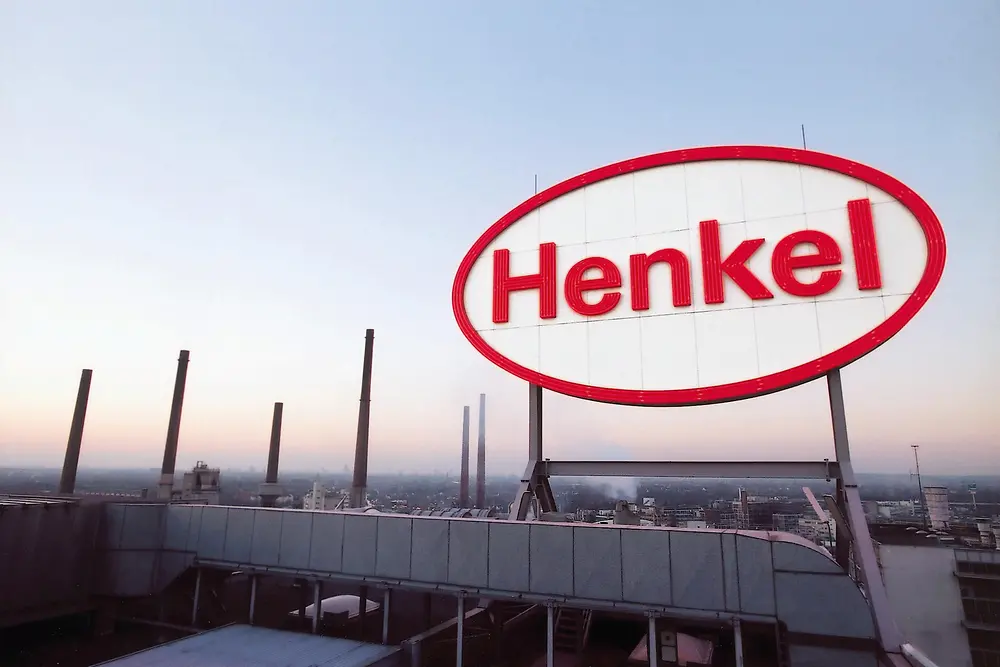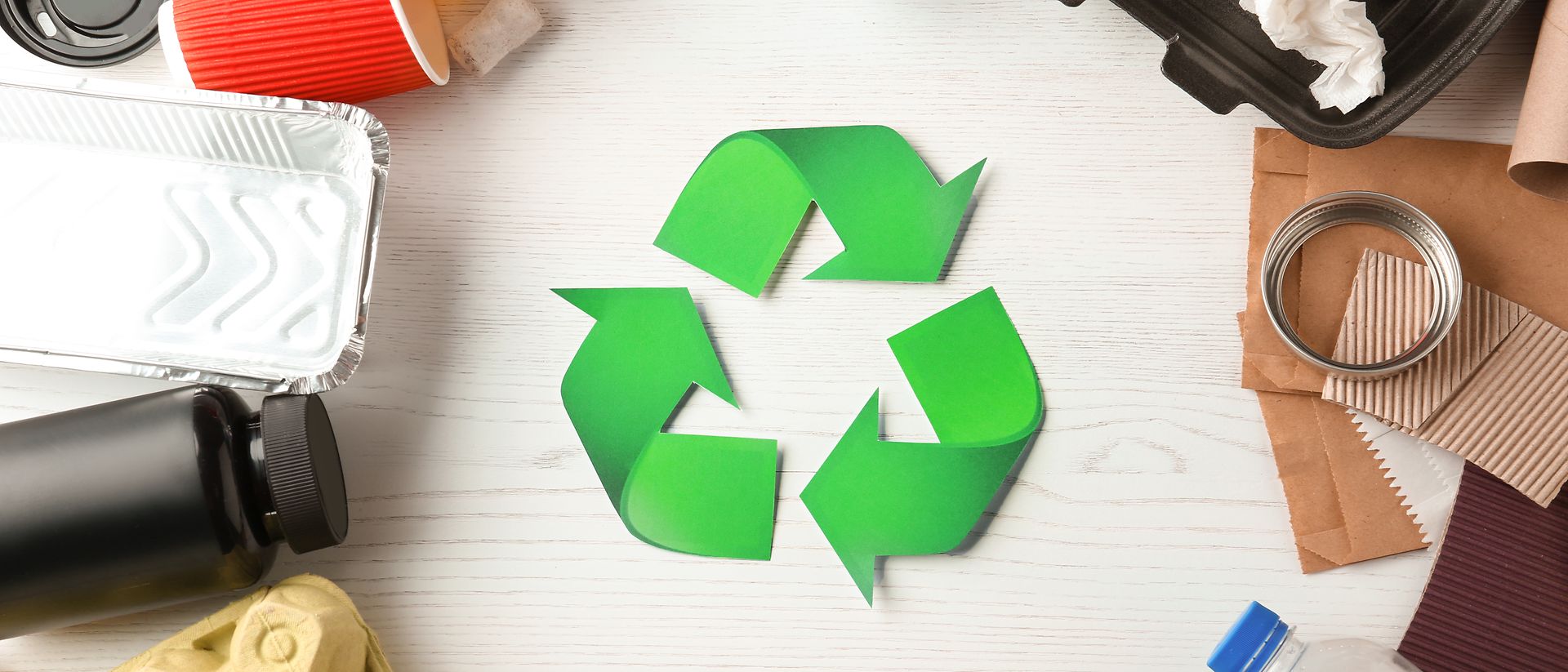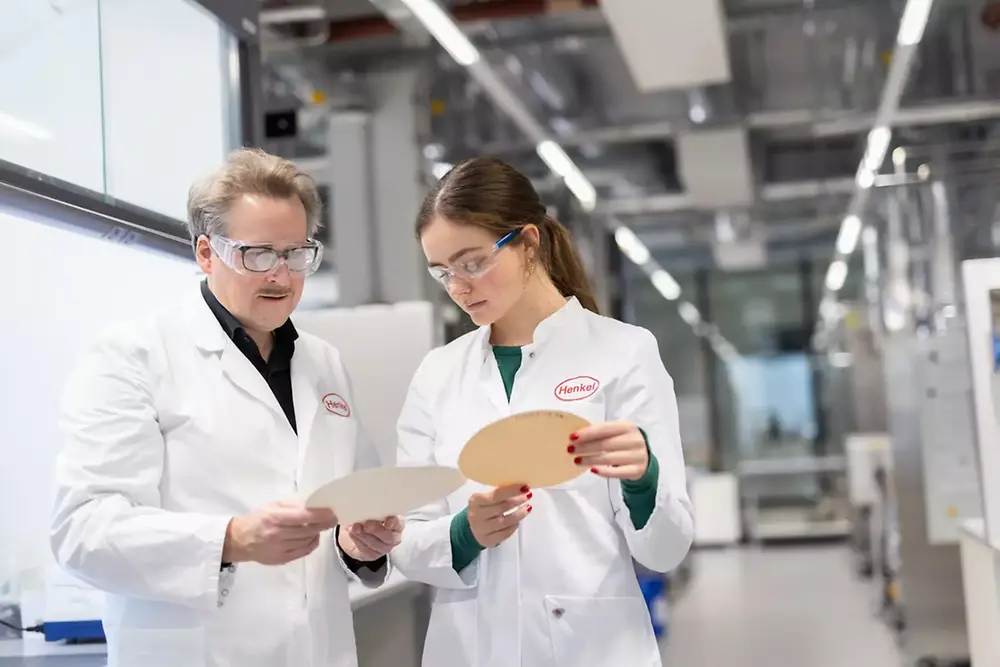Arne Jost: It’s all about expanding our expertise and engaging in close collaboration. That’s why we’ve set up the Packaging Recyclab at our Inspiration Center Düsseldorf (ICD). It’s almost like a scaled-down paper mill, where our scientists deepen their understanding of how Henkel adhesives affect fiber-based packaging and recycling processes. We regularly welcome our customers to this facility to develop recyclable packaging designs together.
Elodie Picard: cyclos-HTP is a powerful partner in this context as well. With their engineering experience from planning and building packaging recycling and sorting plants and their experience in packaging waste stream audits, their teams have unique expertise in what makes a packaging design recyclable—whether it’s made of glass, paper, plastics, or metals. We share our expertise with them, and they share their expertise with us. That puts us in a strong position to help customers make progress towards their circularity targets.
Diana Sipica: Our own consumer products also benefit from Henkel’s relationship with cyclos-HTP. We’ve completed several assessments with them, which have led to pilot projects that aim to enable collection and recycling of our portfolio. Together, we’re identifying improvements in packaging designs and gaps in waste management systems—and taking decisive action to increase the volume of material that re-enters the value chain via recycling.











